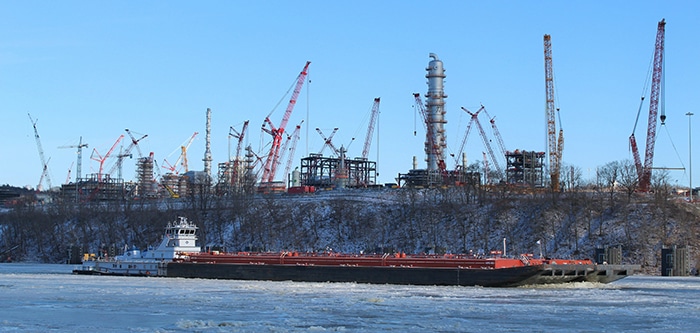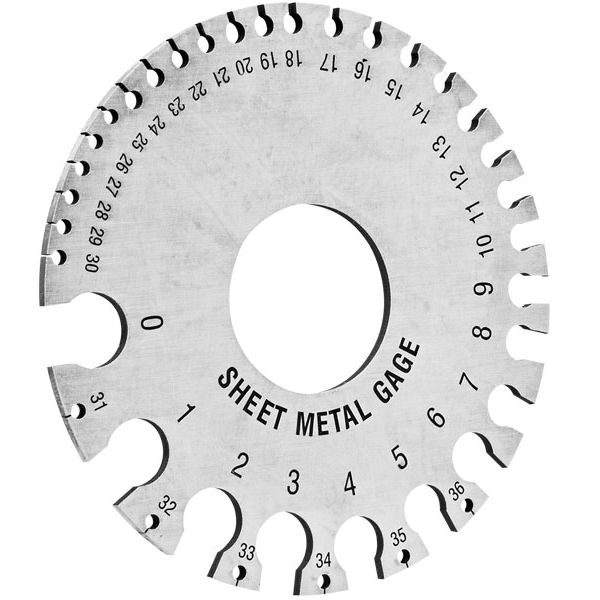Below is a Summary of Typical Scope of Work on Combined Cycle Power Plants
Gas Burners
- If piping is being stripped for repair/ replacement or valve repair/replacement, there may be SMART scope for the lagging. Much of your small bore pipe, 8” outside diameter (O.D.) of insulation or smaller, will likely be .016” lagging (but it could be thicker and should have a gauge put on it). Most valves should be insulated with removable pads for maintenance. On many occasions, insulation is installed too close to the valve flanges to allow for bolt removal. In these cases, insulation and lagging may get removed to replace/repair valves, which will cause the insulation and lagging to need reinstallation prior to start-up.
- The greater the O.D. of pipe insulation, the more chance there is of the lagging being .024” or .032” thickness.
- Also, the insulation material can have a bearing on lagging thickness. Cal-sil pipe insulation (chalky, white, dense) is more rigid and can be lagged with lighter gauge metal. Fiberglass or mineral wool insulation is softer and many times lagged with a heavier/ thicker lagging to protect it.
- The lagging thickness will be labeled on the inside of the metal if it has not burned off. But during installation of new material, you can find the thickness there, or even on the labels of the boxes that the metal lagging is packaged in.
- Most of the equipment, such as tanks, pressure vessels, steam drums, etc. will have .032” lagging. If you see equipment maintenance or repair in the scope, suspect that there may be SMART jurisdiction.
- The combustion turbines are typically insulated with removable blankets or pads that can be removed and replaced during maintenance.
- The steam turbine is often insulated on top and bottom with block, which is then coated with a mud and cloth jacketing. And the parting flange on the steam turbine will typically have removable pads for insulation. Not always, but this is the case much of the time.
- The HRSG duct (from combustion turbines to steam drums) is usually insulated on the inside of the duct and not insulated or lagged on the exterior.
- The stack breech section (from HRSG duct to stack) is usually insulated conventionally and lagged with box rib aluminum.
- The stack is usually insulated conventionally. If API Construction did the insulation, it may be insulated panels.
- Keep in mind that pipe may have been lagged with .016” metal in most places, but the lagging thickness may have been increased only in high traffic areas or in Personnel Protection (PP) areas.
Coal-burning power plants
Coal-fired plants will have some similarities to the situations above. In general, SMART will have much more scope on a coal burner:
- The boiler walls (or boiler casing, tube walls, water walls — there are many different terms for this) will be conventionally insulated and typically have .040” box rib lagging. But this flat work and gauge doesn’t matter.
- All flat work (that is not insulated panel composite work) will belong to SMART, no matter what the lagging thickness is.
- If the scope lists inspection or repair for ducts, expansion joints, headers, steam drums, etc. it is almost guaranteed that the lagging will be our gauge. Again, duct lagging and expansion joint lagging will fall under the flat work umbrella and that is SMART’s scope, no matter what the lagging thickness is.
- The boiler penthouse roof will sometimes be insulated on the top with block and lagged with a walking surface of 10 gauge or 11 gauge galvanized standing seam lagging.
Everyone should carry a gauge similar to this Eastwood sheet metal guage if they are going to visit or work on an industrial job site:

